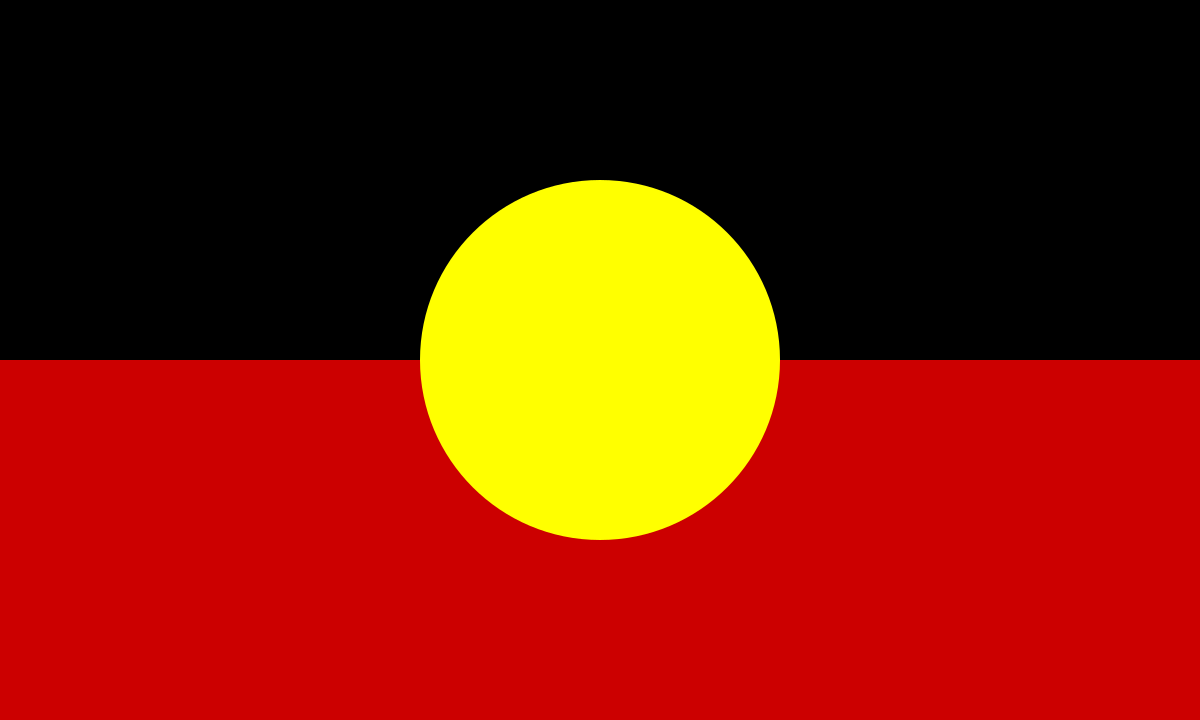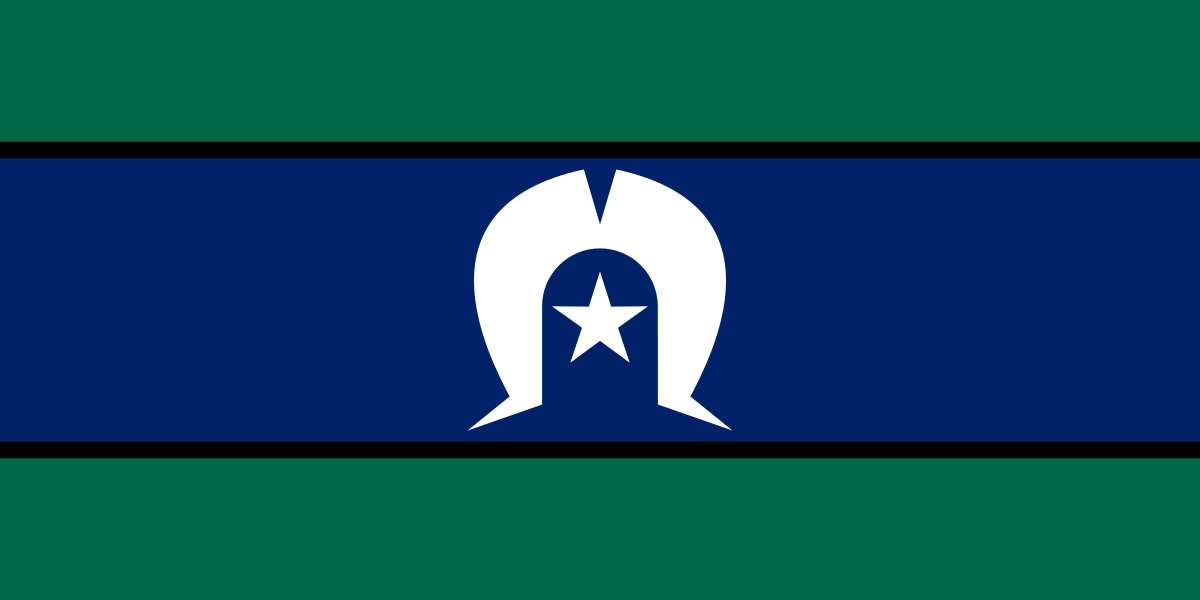Some people might be surprised to learn that Australia is more than the kangaroos, koalas, snakes, and spiders we often read about.

However, once you take a look at the map and remember that we’re surrounded by water, it shouldn’t shock you that for part of every year, Australia is home to over 60 percent of the ocean’s total whale species.
Find out where to go between May and November if you want to experience some of the best whale watching tours and vantage points in the world. The opportunity to witness these gentle giants up close will leave you breathless.
Create Your Own Australian Whale Watching Tour
Use your G’day Rewards membership to plot your very own whale watching tour.
Not a member?

Whale Watching in Hervey Bay
Tucked between the mainland and Fraser Island, Hervey Bay is a well-known whale watcher's paradise recognised by the World Cetacean Alliance in 2019 as one of the world’s first Whale Heritage Sites.
Home to pods of humpbacks who pass through the Great Sandy Strait between July and October, these amazing animals have become comfortable with the whale watching vessels that sail through the area, often greeting passengers with a friendly tail slap or two.
Whale Watching on the Sunshine Coast
Humpbacks are particularly common along the Sunshine Coast and the whales here are renowned for their impressive breaching. For the adventurous, Sunreef Mooloolaba offers a rare opportunity to swim with these gentle giants.
Weighing in at a mere 36,000 kilograms, humpbacks move slowly and their calm presence makes a close encounter with them a truly moving experience.
Whale Watching on the Southern Great Barrier Reef
Humpback whales undertake one of the longest mammal migrations in the animal kingdom, feeding all the way from Antarctica and then breeding closer to the tropics. The Great Barrier Reef occurs on their migration route and is a popular resting point for these incredible creatures.
The warm tropical waters here are ideal for the whale calves to bond with their mothers and learn essential survival skills.

Whale Watching in Warrnambool
Logan’s Beach Whale Watching Platform
Every year between June and September, female southern right whales return to the waters of Warrnambool’s Logans Beach to calve. Often swimming within a hundred metres of the shore, the pods of whales can be viewed from a specially constructed platform in the sand dunes or from the beach.
Whale Watching on Phillip Island
Discover Phillip Island’s picturesque coastline as you circumnavigate the island while keeping a lookout for the smooth footprint of humpback and southern right whales.
Tours here include a visit to Seal Rocks, where thousands of curious Australian fur seals can be spotted in the water and on the rocks, going about their day. Common and bottlenose dolphins are also a regular sight.

Whale Watching in Eden
From August through to November, the majestic humpback whale frequents the waters just off the coast of Eden, at times venturing into Twofold Bay on their round-trip Antarctic migration.
Other species of whale that visit the area include the southern right, minke, and (less frequently) the blue, bryde, and orca. Most years, whales can be observed lateral lunge feeding—one of the few places in the world this can be seen.
Whale Watching in Port Stephens
With 26 golden beaches to choose from, Port Stephens is a great place for whale-spotting from the sand between May and November.
Boat Harbour, Anna Bay, Fishermans Bay, and Barry Bay are perfect viewpoints, but why wouldn’t you take a whale watching tour with Imagine Cruises, beginning in Nelson Bay?
If you would rather explore on foot, head to Tomaree National Park and follow the Tomaree Head Summit walk for one of the best vantage points in the country.
Whale Watching in Byron Bay
Thousands of humpback whales pass by this charismatic coastal town between May and November every year.
Opportunities to spot whales frolicking from land-based vantage points include the famous Cape Byron Lighthouse. If you’d rather be in the midst of the action, enjoy a whale watching cruise or try a kayaking tour to see these majestic mammals up close.

Whale Watching in Albany
Albany’s southern coastline attracts humpbacks and southern rights as well as the rarer blue whale. Visiting between May and October on their trek to the warmer breeding grounds of Broome, the endangered blue whale is the largest animal known to have existed, growing up to 30 metres.
Once home to a whaling station that stopped operating in 1978, the port town of Albany has since come full circle, providing a sanctuary where calves can play and thrive. The old whaling station has been transformed into the Historic Whaling Station museum.
Whale Watching in Exmouth
The World Heritage-listed Ningaloo Reef is the longest fringing coral reef in Australia, made up of 300 kilometres of vibrant underwater gardens.
Exmouth is one of the best places in the world to see the endangered whale shark, which is actually the world’s biggest fish, and can grow up to 18 metres in length. Whale shark season starts slightly before whale-watching season, beginning in March.
Whale Watching in the Kimberley
Western Australia’s Kimberley is a world class whale watching region and home to the world’s largest population of humpback whales. Every year, the whales make an epic migration from their Antarctic feeding grounds to spend the winter months in the Kimberley’s warm, tropical waters. Here, they mate and calve, largely undisturbed and sheltered by the islands and reefs of the Buccaneer and Bonaparte Archipelagos.
It's worth noting that whales have staged a magnificent recovery since the closure of the last Australian whaling station in the late 1970s. Total population is now estimated at somewhere between 28,000 and 42,000 individuals.

Whale Watching on the Fleurieu Peninsula
Just over an hour’s drive from Adelaide, Victor Harbor’s clear turquoise waters are a favourite hangout for southern right mums and bubs. Watch from the pier or surrounding cliffs as the mammals blow spray and do body rolls to reveal their gorgeous white-speckled bellies.
For more hands-on activities, whale enthusiasts will love The South Australian Whale Centre where they can learn about whales and other local marine creatures via interactive exhibits, a 3D theatrette, and a kids zone play area.
Whale Watching on the Great Australian Bight
The Great Australian Bight Marine Park covers 45,822 square kilometres of protected calving and gathering areas for southern rights, and is the perfect vantage point to witness these majestic giants in their natural habitat.
If your wildlife spotting exploits take you further, make sure to stop in at EP Cruises in Fowlers Bay for an unforgettable sunrise or sunset kayak tour in an aggregation area for southern rights.

Whale Watching on the Freycinet Peninsula
Freycinet Peninsula’s landscape of pink granite cliffs, forests, and secret white beaches is the perfect backdrop for whale watching.
Join the three-hour Freycinet Paddle with Freycinet Adventures or take a cruise with Freycinet Charters or Wineglass Bay Cruises for opportunities to observe outstanding marine wildlife, including a number of southern rights who make this beautiful bay a regylar part of their annual migration. You can too!




